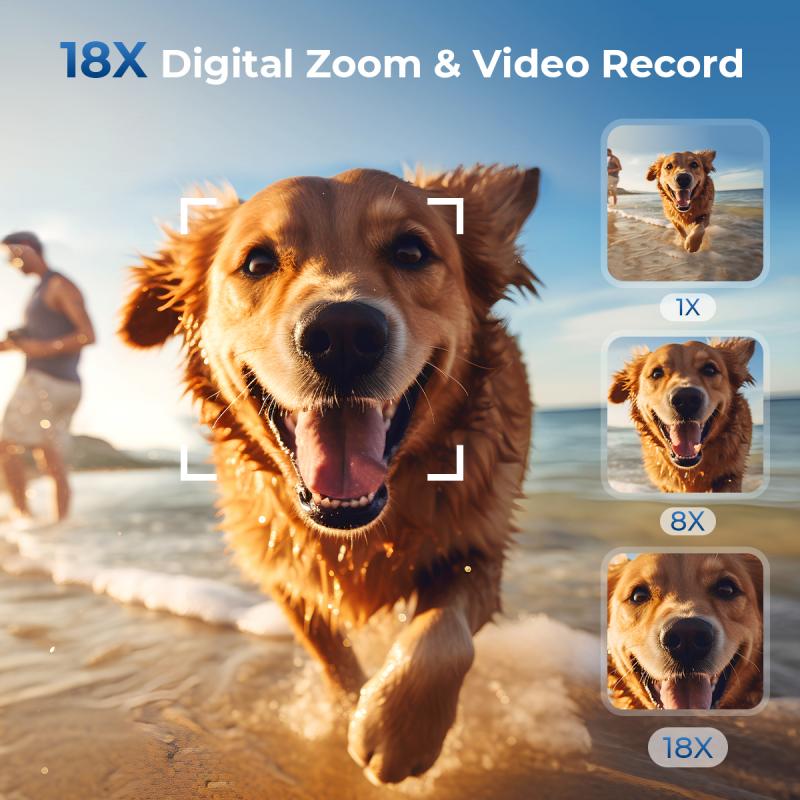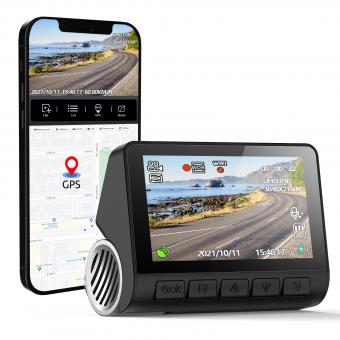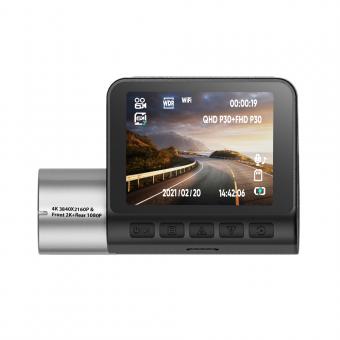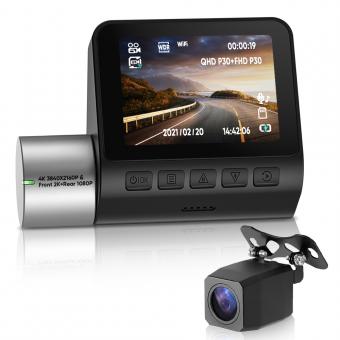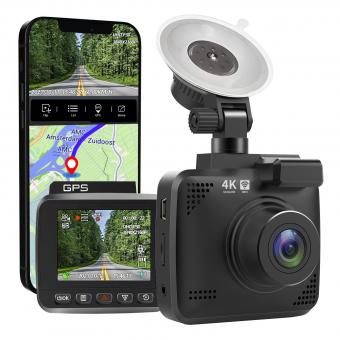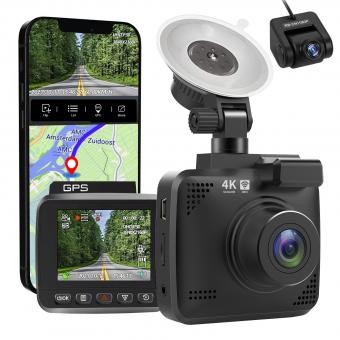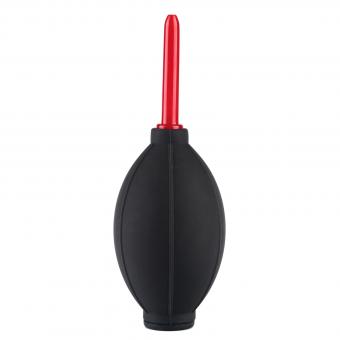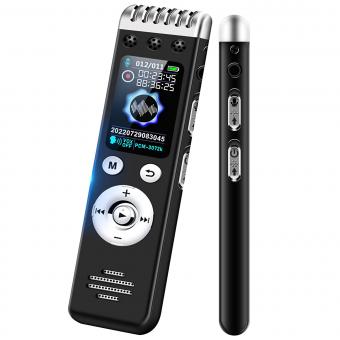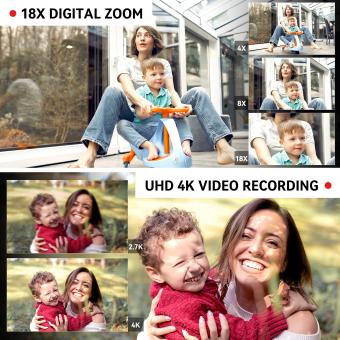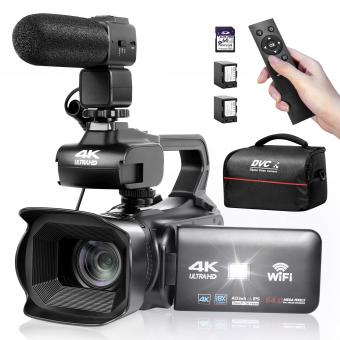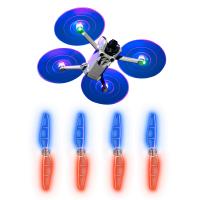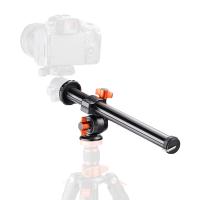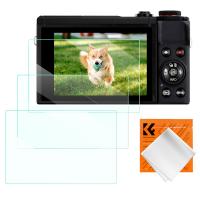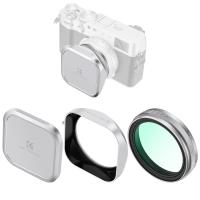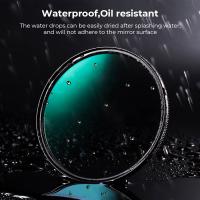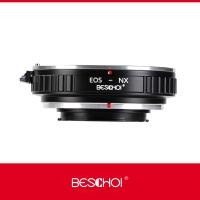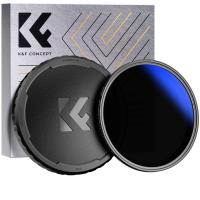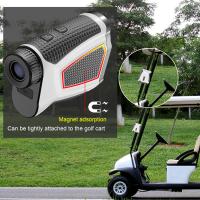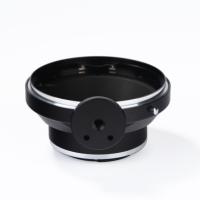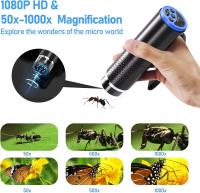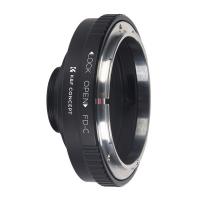Which Digital Recorder ?
There are many different digital recorders available on the market, each with their own unique features and capabilities. Some popular options include the Zoom H4n Pro, Tascam DR-40X, and Sony PCM-D10. When choosing a digital recorder, it's important to consider factors such as recording quality, battery life, storage capacity, and ease of use. It's also important to consider your specific recording needs, such as whether you need multiple inputs for recording multiple sources, or if you need a recorder that is particularly portable or rugged. Ultimately, the best digital recorder for you will depend on your individual needs and preferences.
1、 Types of digital recorders
Which digital recorder to choose depends on your specific needs and budget. There are several types of digital recorders available in the market, each with its own set of features and capabilities.
The most basic type of digital recorder is a handheld voice recorder. These are small, portable devices that are ideal for recording lectures, interviews, and meetings. They usually have a built-in microphone and can store recordings on internal memory or a removable memory card.
Another type of digital recorder is a field recorder. These are more advanced devices that are designed for professional audio recording. They typically have multiple inputs for microphones and can record high-quality audio in a variety of formats. Field recorders are commonly used for recording music, film soundtracks, and podcasts.
A third type of digital recorder is a digital audio workstation (DAW). These are software programs that allow you to record, edit, and mix audio on your computer. DAWs are used by musicians, producers, and audio engineers to create professional-quality recordings.
The latest point of view in digital recorders is the rise of portable recorders with advanced features such as Wi-Fi connectivity, Bluetooth, and smartphone integration. These devices allow you to easily transfer recordings to your computer or smartphone, and even stream audio live over the internet.
In conclusion, when choosing a digital recorder, it's important to consider your specific needs and budget. Handheld voice recorders are ideal for basic recording tasks, while field recorders and DAWs are better suited for professional audio recording. The latest trend in digital recorders is the integration of advanced features such as Wi-Fi and smartphone connectivity.
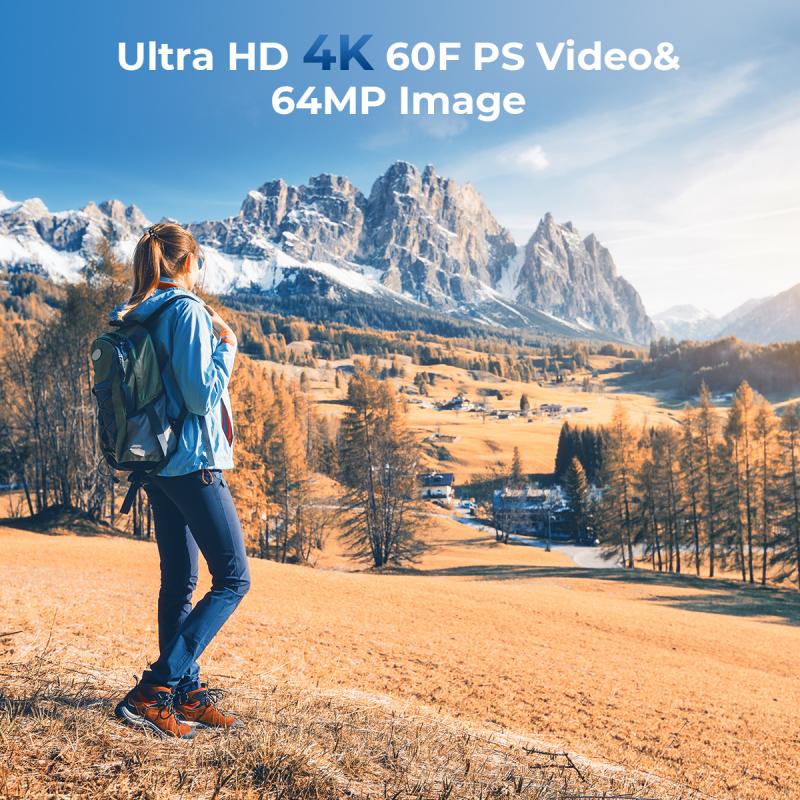
2、 Features of digital recorders
Features of digital recorders include high-quality audio recording, portability, ease of use, and the ability to store and transfer recordings digitally. Digital recorders are available in a variety of sizes and styles, from handheld devices to larger, more professional models.
One of the latest features of digital recorders is the ability to connect to smartphones and other mobile devices via Bluetooth or Wi-Fi. This allows for easy transfer of recordings and remote control of the recorder from a mobile device.
Another recent development in digital recorders is the integration of voice recognition technology. Some models can transcribe recordings into text, making it easier to review and organize notes or interviews.
Digital recorders also often include features such as noise reduction, automatic gain control, and multiple recording modes to optimize recording quality in different environments.
Overall, digital recorders offer a convenient and reliable way to capture high-quality audio recordings for a variety of purposes, from interviews and lectures to music performances and field recordings. With the latest advancements in technology, digital recorders continue to evolve and improve, making them an essential tool for professionals and hobbyists alike.
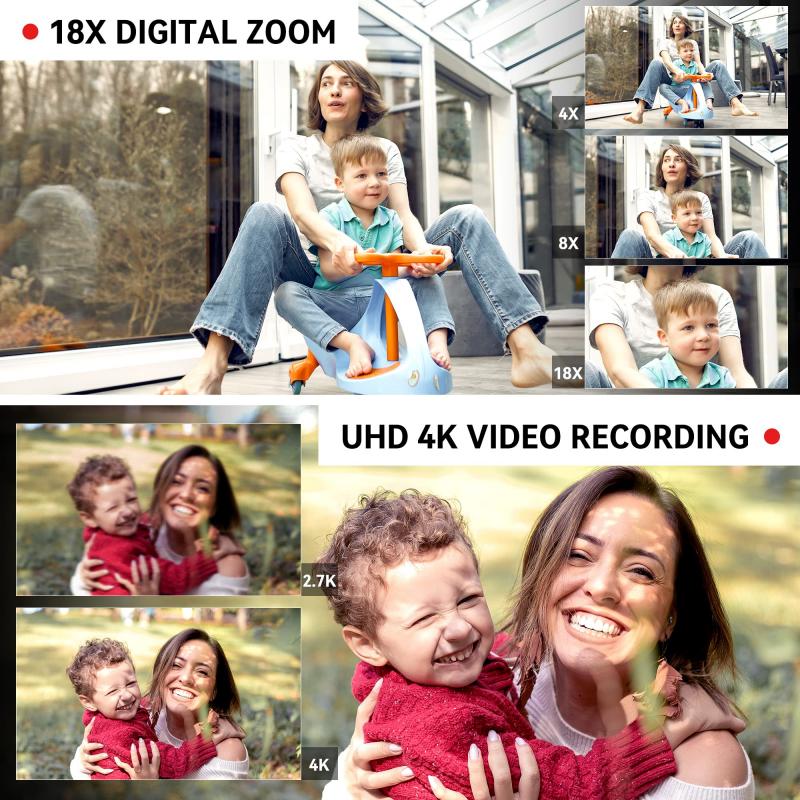
3、 Recording formats for digital recorders
Which digital recorder you choose will depend on your specific needs and preferences. Some popular options include the Zoom H4n Pro, Tascam DR-40X, and Sony PCM-D100. These recorders offer a variety of recording formats, including WAV, MP3, and FLAC.
WAV is a lossless audio format that provides high-quality recordings with no compression. This format is ideal for professional recordings and post-production work. MP3 is a compressed audio format that is widely used for music and podcast recordings. It offers smaller file sizes but sacrifices some audio quality. FLAC is a lossless audio format that provides high-quality recordings with compression. It is a popular format for music recordings and offers smaller file sizes than WAV.
In recent years, there has been a growing trend towards using higher resolution recording formats, such as 24-bit/96kHz or even 24-bit/192kHz. These formats offer greater detail and clarity in recordings, but also require more storage space and processing power. Some digital recorders, such as the Zoom H6, offer the ability to record in these higher resolution formats.
Ultimately, the recording format you choose will depend on your specific needs and preferences. Consider factors such as the type of recording you will be doing, the level of audio quality you require, and the amount of storage space you have available.
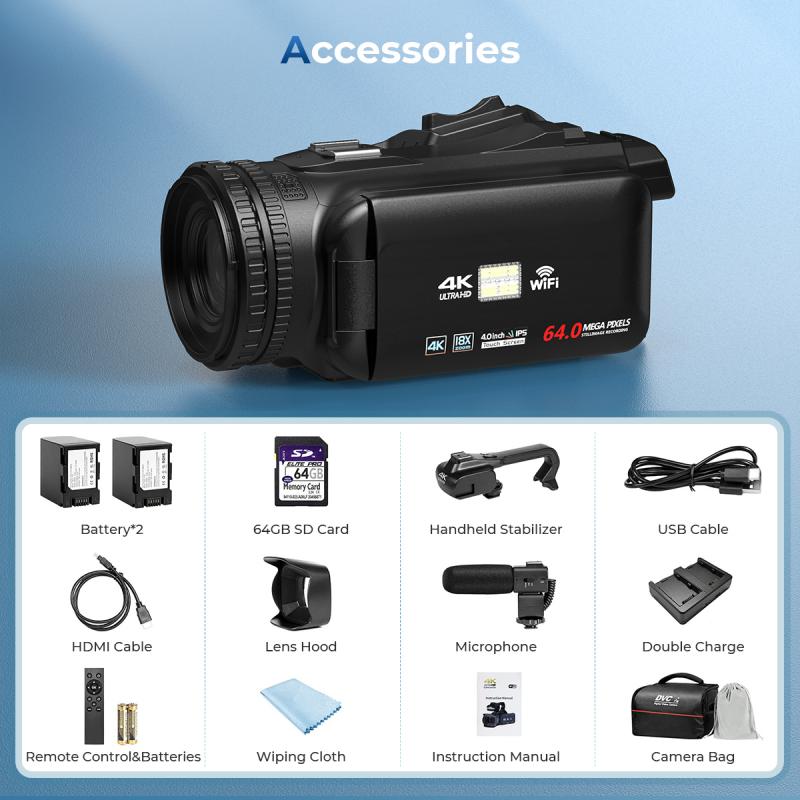
4、 Storage capacity for digital recorders
Which digital recorder you choose will depend on your specific needs and budget. There are many options available on the market, ranging from basic models with limited storage capacity to more advanced models with larger storage capacity and additional features.
If you are looking for a basic digital recorder for personal use, a model with 4-8GB of storage capacity should suffice. This will allow you to record several hours of audio without having to transfer files to your computer or delete old recordings.
For professionals who need to record longer interviews or meetings, a digital recorder with 16-32GB of storage capacity may be more appropriate. Some models also offer the ability to expand storage capacity with a microSD card.
It's worth noting that the latest trend in digital recorders is the use of cloud storage. Some models now offer the ability to upload recordings directly to the cloud, allowing for easy access and sharing of files from anywhere with an internet connection.
Ultimately, the storage capacity you need will depend on your specific use case. Consider factors such as the length of your recordings, how often you will need to transfer files, and whether you need additional features such as noise cancellation or transcription capabilities.
